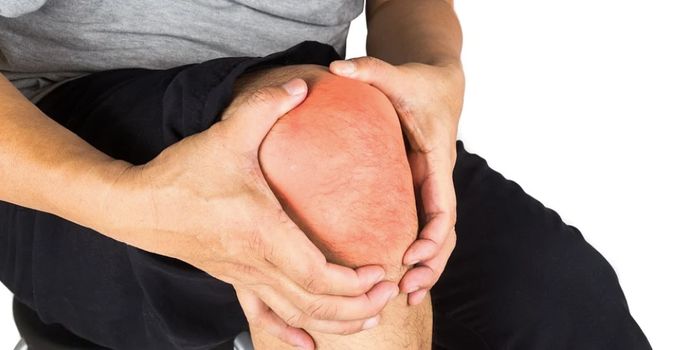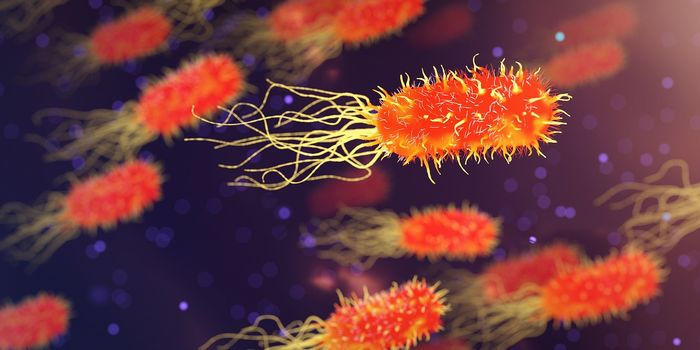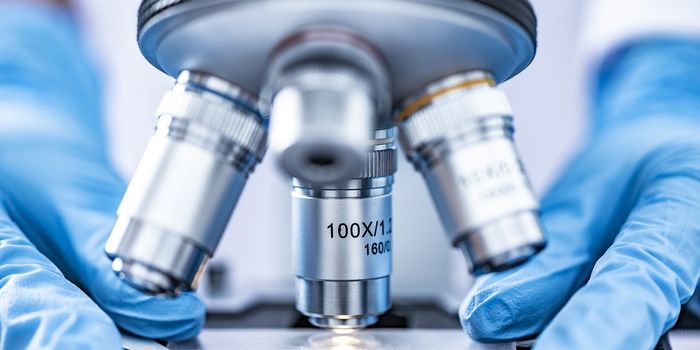Scientists Develop Customizable, Flexible Microelectrode Arrays
Technological advances have led to an array of medical monitoring tools that people can use without the aid of medical professionals, like smartwatches, glucose monitors, and health tracking apps. Scientists are also pushing the technology forward with tools like microelectrode arrays, which can record activity in neurons, detect electrochemical conditions, and make other measurements. These microelectrode arrays have typically been rigid, and are usually linked to an inflexible material like glass, which limits their application. As such, stretchy microelectrode arrays have also been created. These have greater potential to work as biomedical sensors that could track health over the long term. But that technology is usually expensive and difficult to make.
Reporting in Science Advances, scientists have now developed a much less expensive method for fabricating microneedle electrode arrays that are stretchable and modifiable in several ways. They can be integrated with other technologies such as "advanced sensors, optics, optoelectronics, and microfluidics," according to the study authors, and could potentially be used to detect a wide variety of biomarkers in various tissues and nerves, or deliver therapeutics.
Microneedles are soft enough to be used in tissues that frequently shift and change shape, like skin or muscle. Microneedles that contain electrodes have to minimize damage to these tissues while maintaining the integrity of the electrode. The novel microelectrode arrays, which can stretch from 60 to 90 percent, have been created with laser micromachining, transfer printing, and microfabrication techniques, which can also allow for the easy customization of various aspects of the device. These might include recording locations, electrode geometry, or mechanical properties.
In this study, the investigators tested these new arrays on sea slugs. The devices were able to record the electrical activity in the muscles of the sea slugs as they moved around.
The technology could be applied in a wide variety of ways, such as the monitoring of fluids inside of the skin; the diagnosis of disorders that affect neurons or muscles; the detection and potentially control of neuronal activity in the central or peripheral nervous systems; or the controlled delivery of drugs into specific tissues. It was developed in the lab of Hangbo Zhao, an assistant professor at the University of Southern California (USC).
It's possible that skin patches that contain these microneedle electrode arrays could one day be used to diagnose disease, instead of blood draws that require much larger needles and far bigger samples. These arrays could simplify diagnostic methods and make them less expensive.
Sources: USC, Science Advances




















































